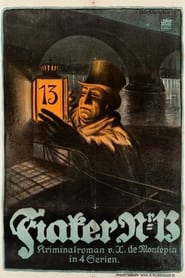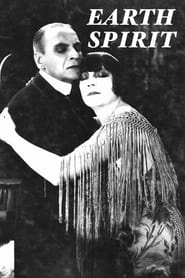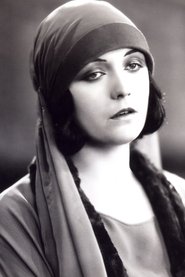detail profile carl ebert
Peran Yang Di Mainkan Carl Ebert
 Of the five premieres produced during...
Of the five premieres produced during...Don Giovanni 1961
Of the five premieres produced during a four-month period, Mozart's "Don Giovanni" on the first night attracted an illustrious audience. In addition to the President of the Federal Republic of Germany and a selection of diplomats and politicians, high-ranking guests included theatrical directors from West Germany and other Western European countries, composers, conductors, actors, writers, painters and sculptors, not to mention rectors and lecturers from Berlin's universities and the world's leading music critics. [...] The success was commensurate with the significance of the occasion. All involved in the performance received countless ovations in front of the magnificent yellow curtain. The new building - and the new stage with its state-of-the-art technology - had shown itself to be more than capable of handling Mozart's most demanding work.
 The film starts with a woman...
The film starts with a woman...Cab No. 13 1926
The film starts with a woman on the run from her millionaire husband giving birth to a daughter in the home of a washerwoman. The woman dies in childbirth, but the baby survives. The washerwoman leaves the baby in a horsedrawn Parisian taxicab (No. 13). The paperwork of the birth is lost in a huge tome. Sixteen years pass. The tome is bought by a poor student. One day his bookshelf collapses, and the tome opens at the page where the paperwork has been hidden. The student realises that the paperwork relates to a millionaire who has spent the last sixteen years looking for his pregnant wife. The student traces the washerwoman, and he tricks her into confessing what she has done with the baby. Meanwhile, the baby has been adopted by the cab driver and his wife, and has grown into Lili Damita.
 The film Der Kaufmann von Venedig...
The film Der Kaufmann von Venedig...The Jew of Mestri 1923
The film "Der Kaufmann von Venedig" ( The Jew Of Mestri ) was written, produced and directed by Peter Paul Felner in the silent year of 1923 and is a free adaptation of "Merchant of Venice" written by Herr William Shakespeare. It is an elegant and expensive German film production that was shot on location in beautiful and decadent Venice with some of the most important Teutonic actors of the time: Henny Porten, Harry Liedtke und Werner Krauss and even the mysterious Max Schreck.
 When the old wealthy Doctor Schn...
When the old wealthy Doctor Schn...Earth Spirit 1923
When the old, wealthy Doctor Schön takes Lulu under his wing, he has no idea that she will be his certain death. Young and beautiful, Lulu is endowed with tremendous erotic charisma that utterly enchants any man in her reach. Although Schön sees disaster approaching, he cannot let go of her. (Stumfilm.dk)
 This mostly lost film is often...
This mostly lost film is often...The Golem 1915
This mostly lost film is often confused with director Paul Wegener third and readily available interpretation of the legend; Der Golem, wie er in die Welt kam (1920). In this version of the golem legend, the golem, a clay statue brought to life by Rabbi Loew in 16th century Prague to save the Jews from the ongoing brutal persecution by the city's rulers, is found in the rubble of an old synagogue in the 20th century. Brought to life by an antique dealer, the golem is used as a menial servant. Eventually falling in love with the dealer's wife, it goes on a murderous rampage when its love for her goes unanswered.

 The Closed Chain German Die geschlossene...
The Closed Chain German Die geschlossene... In 16thcentury Prague a rabbi creates...
In 16thcentury Prague a rabbi creates...